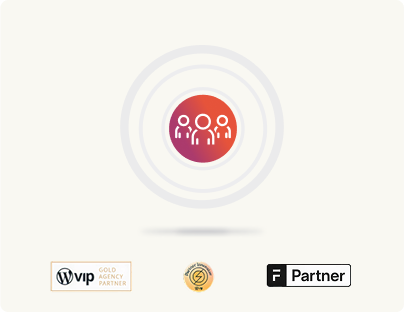Sanity CMS vs WordPress: Database handling
The way a CMS manages and structures data directly impacts how businesses handle content scalability, reporting, and integrations. Let’s explore the database management in context of Sanity vs WordPress, focusing on their strengths and challenges for businesses.
Sanity Content Lake
Sanity’s backend uses a Content Lake to store and retrieve data in a JSON-based format. This structure aligns with its API-first approach, making it excellent for delivering structured content to multiple platforms. The system is built for flexibility, enabling developers to fetch specific data using queries.
How it works:
- Sanity stores data in datasets, which act as collections for your content. You can create multiple datasets for different environments, such as development and production.
- These datasets are optimized for rapid API access, ensuring quick content delivery to websites, apps, and other digital touchpoints.
Example use case:
A media company can store articles, authors, and categories in the Content Lake, enabling easy reuse across its website, mobile app, and newsletters.
Limitations:
- No support for complex transactions: Sanity is ideal for structured content but lacks support for complex relationships or transactional data, such as those required for e-commerce platforms or financial reporting.
- Cloud dependency: The Content Lake is entirely cloud-hosted, limiting options for on-premise storage or custom database management. This reliance may pose challenges for businesses with strict data compliance requirements.
WordPress MySQL for versatility
WordPress uses MySQL as its database, leveraging a relational structure. This traditional database model is highly adaptable, catering to everything from simple blogs to complex e-commerce systems.
Why it works for businesses?
- Relational data support: WordPress’ relational database design is well-suited for handling complex relationships, such as product inventories, customer data, or analytics reports.
- E-commerce ready: Platforms like WooCommerce use the WordPress database to manage orders, inventory, and customer data seamlessly.
- Wider integration options: With numerous third-party tools, businesses can easily connect WordPress databases to external systems like CRMs or analytics platforms.
Example use case
An online retailer can use WordPress to manage products, categories, customer orders, and shipping details in a relational database. Integrating the database with an inventory management system ensures real-time updates on stock levels.







